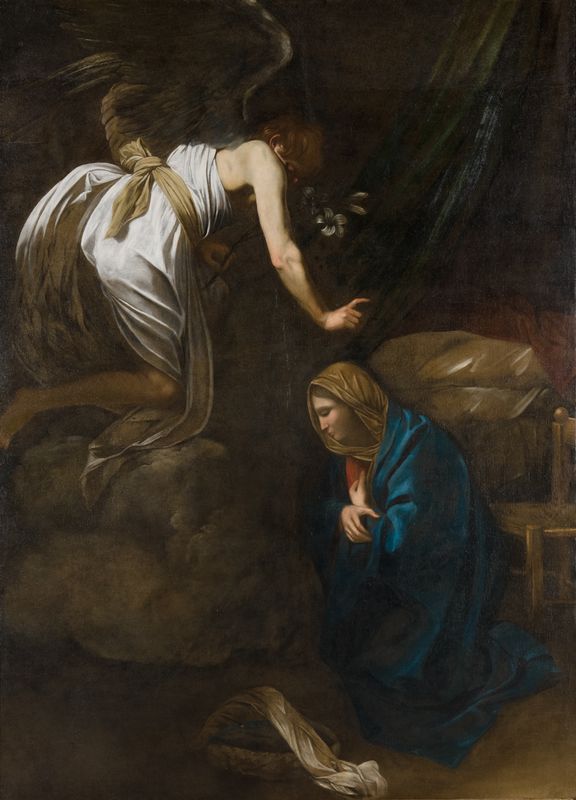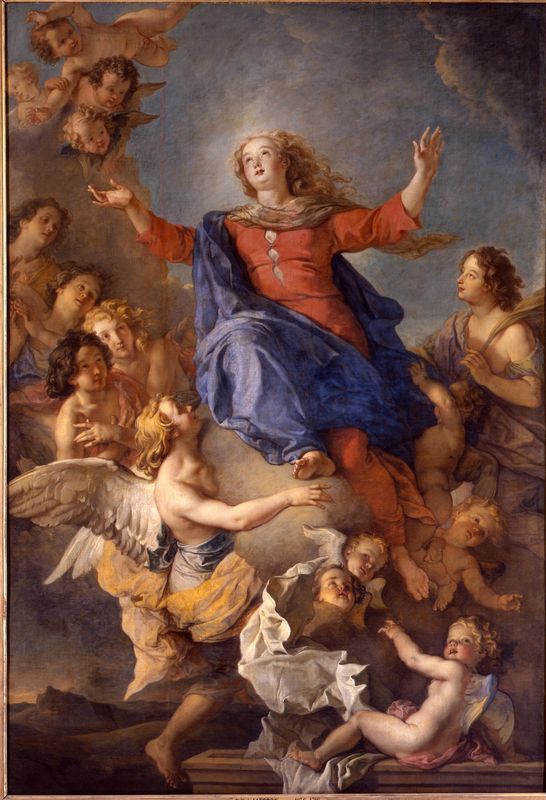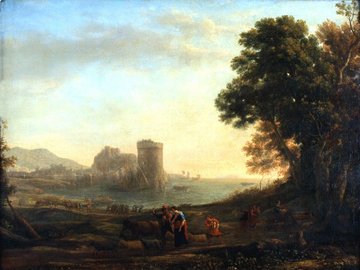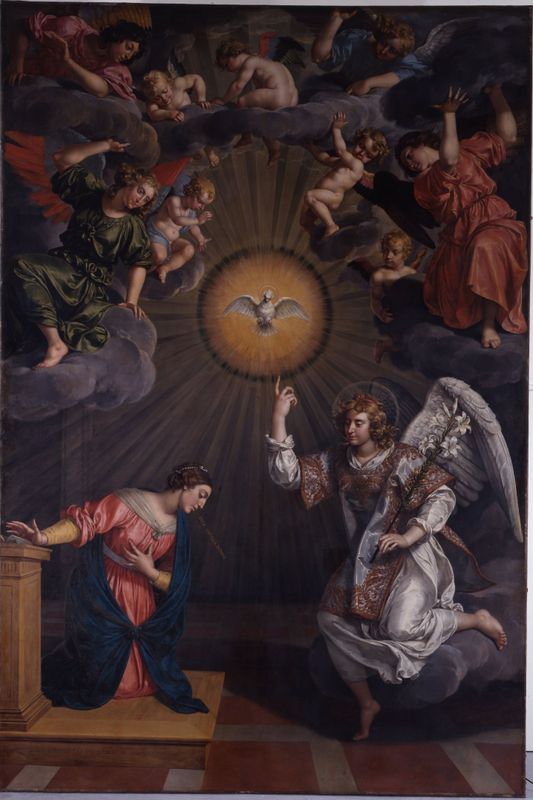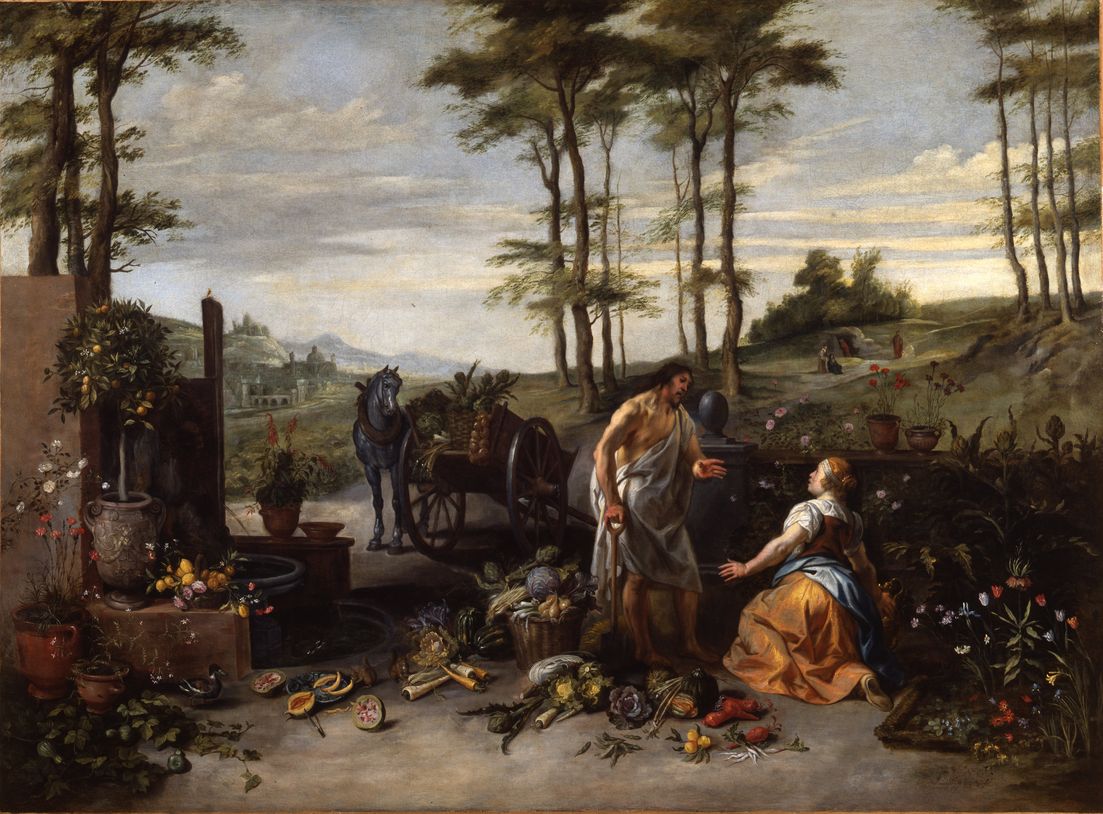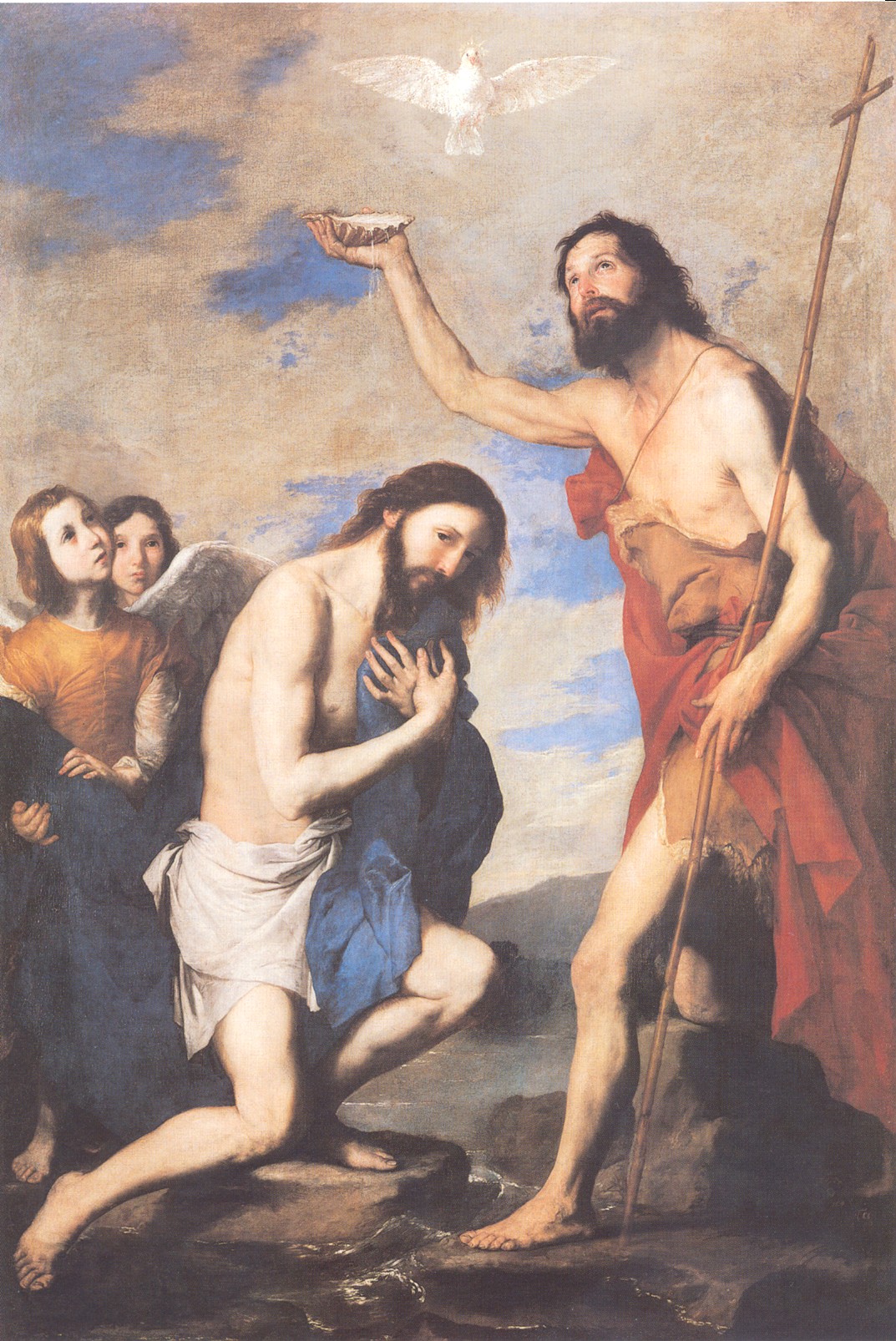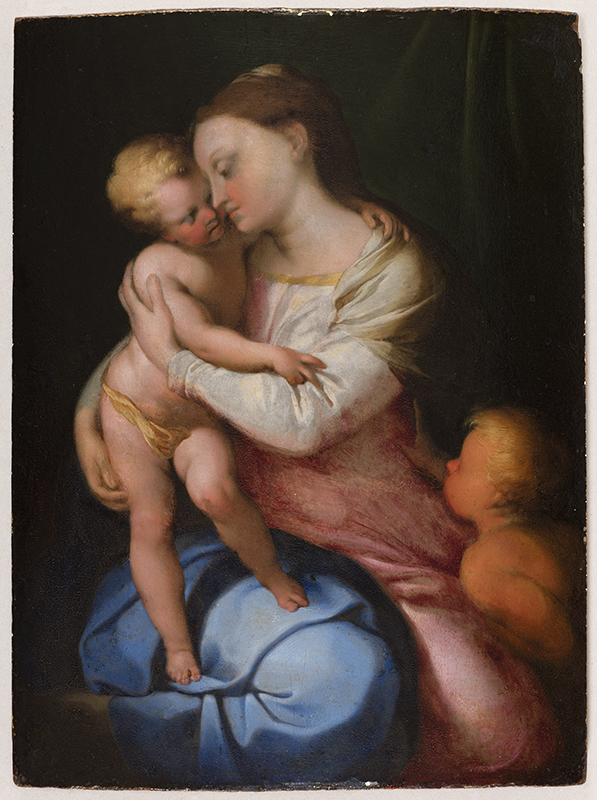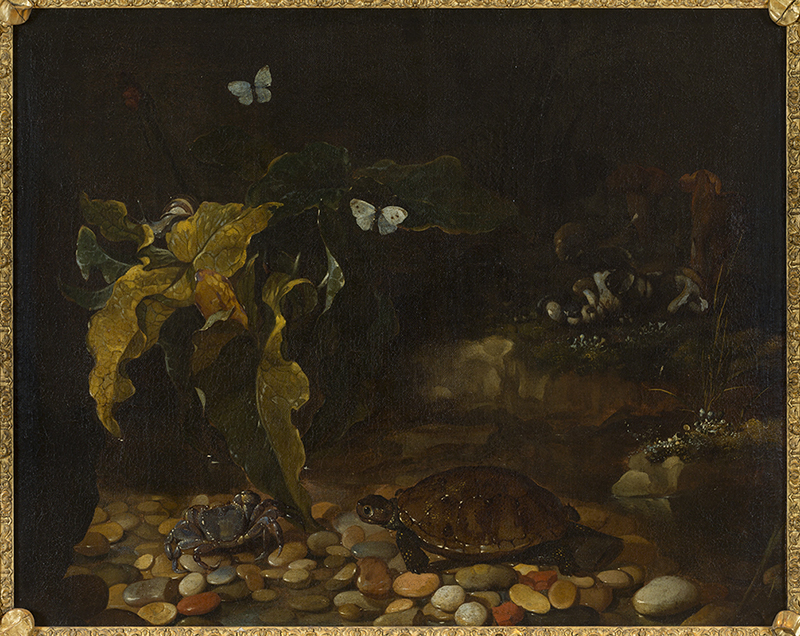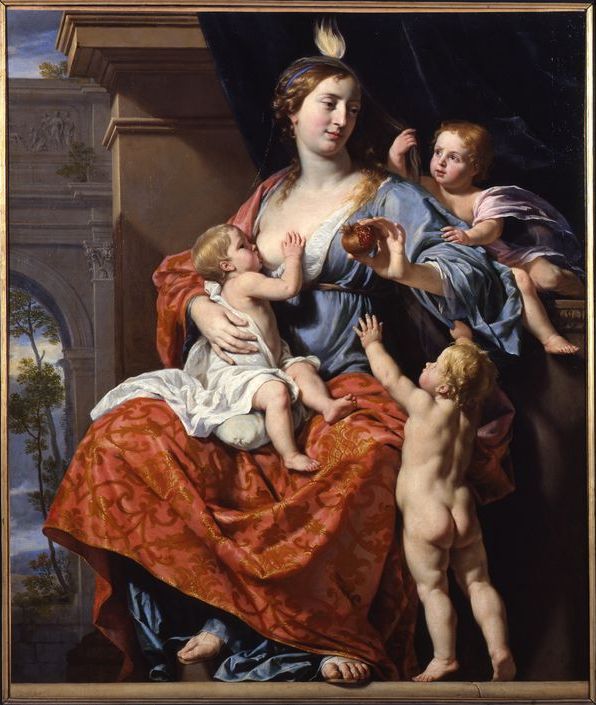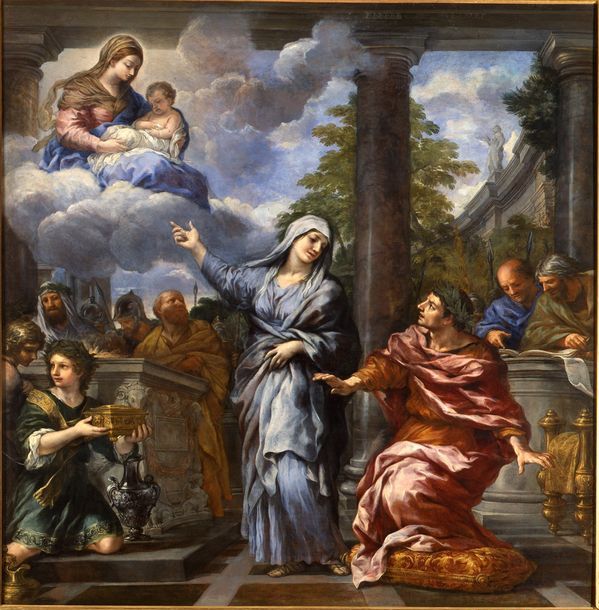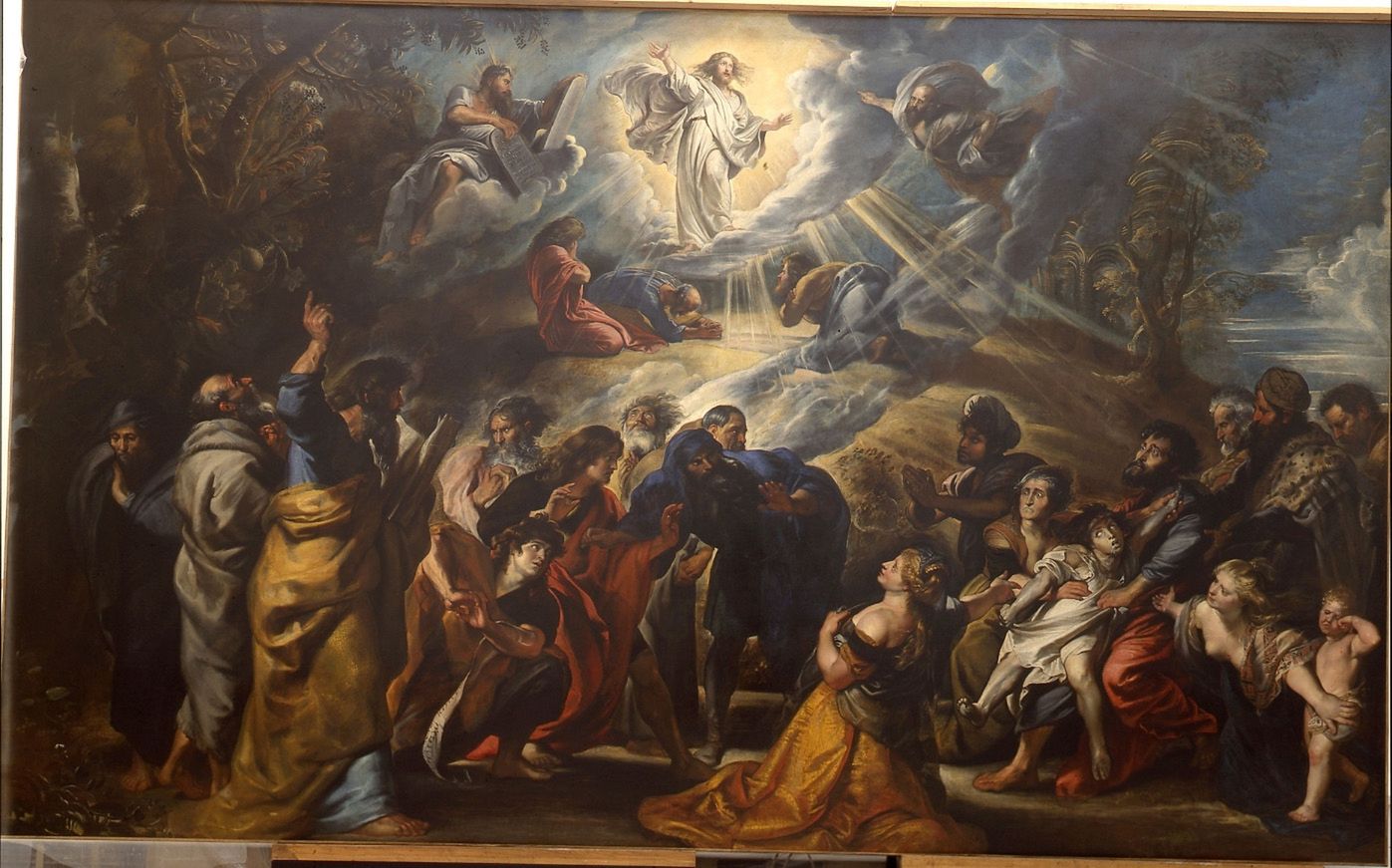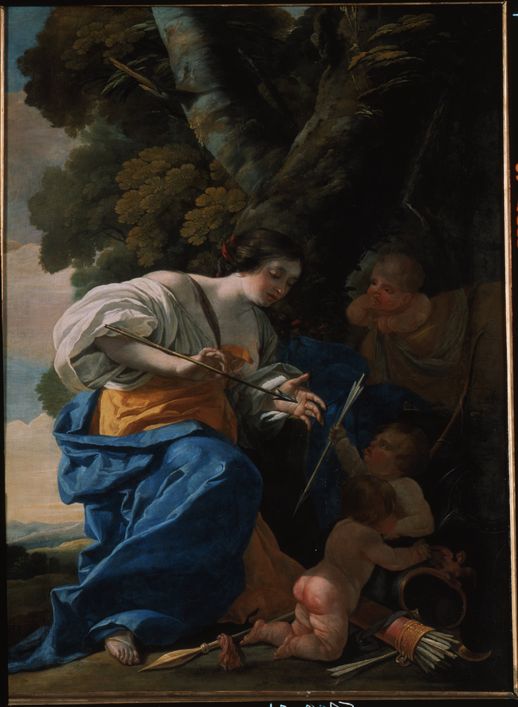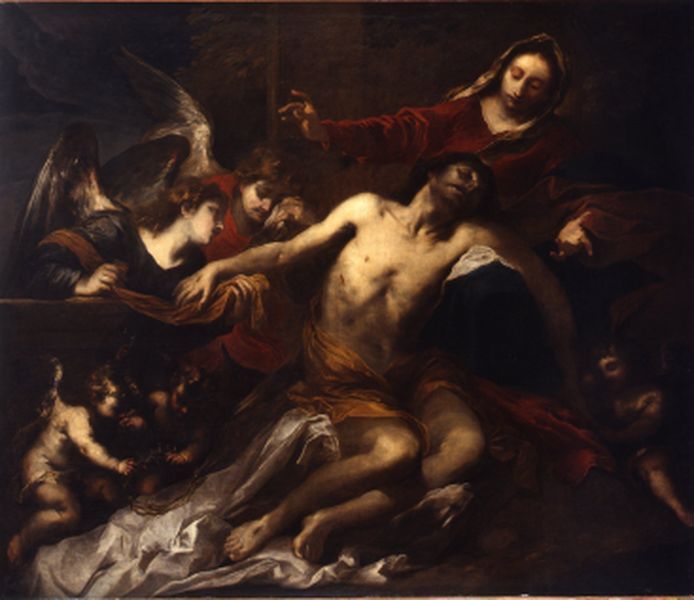17th Century painting in Europe
The 17th Century painting collection is undoubtedly one of the highlights of the Nancy Museum. This very varied collection covers all the major artistic centres and all painting genres. In 1882 and 1884, it was enlarged by a donation of 146 paintings by Victor Poirel, a great lover of Italian painting.
The museum houses a remarkable collection of 17th Century French paintings. Chronologically, the section begins with the huge Annunciation by Frans Pourbus. Breaking away from the Mannerist fantasies that had dominated French painting since 1530, it marks the transition between the two centuries. The trend in French painting under Louis XIII is represented by major works by Philippe de Champaigne, Simon and Aubin Vouet, Jacques Blanchard, Lubin Baugin, Charles Le Brun, etc. Lorraine painting, an original feature of the Nancy collection, is evoked in works by Jean Allemant, Claude Deruet, Charles Dauphin, Charles Poerson and Claude Gellée, known as ‘Le Lorrain’. The end of the “Grand Siècle”, marked by theoretical disputes over the respective roles of colour and sketching, is notably illustrated by a gentle, reverent Nativity painted by Nicolas Coypel and an imposing Assumption by Charles de La Fosse.
The Northern Schools are dominated by the huge Transfiguration by Peter-Paul Rubens, a masterpiece from the painter’s youth, around which are shown the works of pupils, followers and contemporaries (Van Dyck, Gaspard de Crayer, Frans Woutes, Theodor van Thulden, Gerard Seghers, etc.). Every genre is represented: religious painting with Jan Brueghel Le Jeune’s Noli me tangere, Abraham Bloemaert and Frans II Francken, portraits by Nicolas Maes and still life by Jacob van Es. The museum also houses an interesting collection of northern landscapes by Gysbrecht Lytens, Paul Bril, Tempesta, Cornelis van Poelenburgh, Jacob Pynas and Jan van Goyen.
The Seicento Italian School is without doubt one of the treasures of the museum’s painting collection. The exhibition centres around some major canvasses. Caravaggio’s Annunciation is one of the very rare paintings by the master on show in France, commissioned by the Duke of Lorraine, Henri II, for his marriage to Marguerite de Gonzague. Pietro da Cortona’s The Tyburtine Sybil announcing Christ’s birth to Caesar Augustus decorated the famous Parisian gallery of Louis Phélypeaux de la Vrillière. Giuseppe de Ribera’s Baptism of Christ, which decorated a church in Madrid, forcefully illustrates the naturalism of one of the greatest artists of the Spanish Golden Century. Every genre and every great centre of production is represented: Rome with Giovanni Maria Morandi, Bologna with Carlo Cignani, Genoa with Valerio Castello, Florence with Volterrano and Naples with Paolo Porpora. Finally, towards the end of the 19th Century, the museum benefited from the generosity of Victor Poirel, a great lover of Italian painting who stayed in Tuscany. The 146 Italian works, mainly from the 17th Century, which he gave to the City Council when he died, have helped to shape the museum’s identity.

